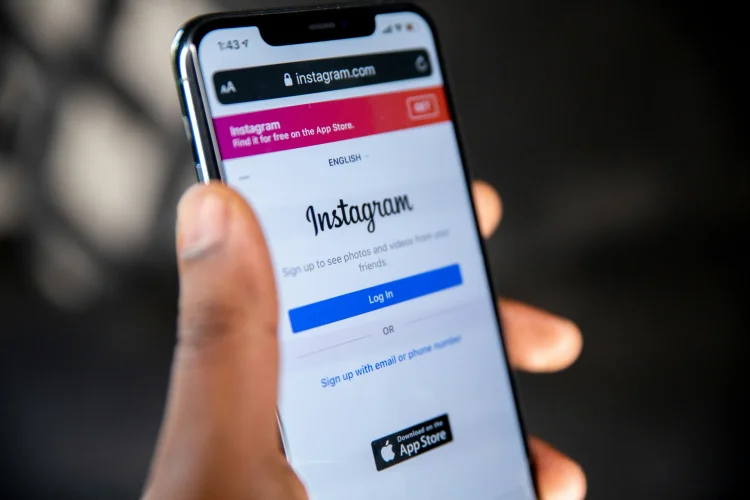Imagine you’re browsing through the web and come across a job opening at an ad agency. You remember your friend is looking for work so you copy and paste the link into an email to her. She gets your email and opens the link. You’ve both just engaged in dark social.
What is Dark Social?
The term “dark social” has been around several years. And though the behavior keeps growing, we still don’t hear about it much. Hootsuite has listed, it’s content shared through private channels like:
- Direct messages on platforms including Twitter, Instagram, Snapchat, Facebook
- Messaging apps such as WhatsApp, WeChat, Slack, Facebook Messenger
- Secured browsing such as clicking from HTTPS to HTTP
- Text messages and emails
For example, when you publicly share a link on Facebook, it appears on your wall, your friends’ newsfeeds and displays all of the reactions, comments and shares the post received. But, when you share the link through one of these private channels, it becomes a closed conversation. You could say, that content went dark.
What Does This Mean for Marketers Like Us?
Since links carry referral traffic metadata, public social sharing lets us see where site visitors are coming from. It’s how we track whether campaigns are working and get valuable data to support marketing spend.
But private online chatter (i.e. dark social) is tough to track. Visitors who follow your website link from a dark social share look like they have typed the link directly into their browser. The metadata that would’ve been attached to the link is no longer present. There goes our valuable data tracking.
It’s not all doom and gloom though. Dark social presents a great marketing opportunity since peer-to-peer shares are more trusted. For example, if a friend recommends a brand of clothing and forwards you a link to their online store via a private message, you’re more likely to visit their website. Whereas, if you saw a general ad about the same website, you might be less inclined to click on it. As Social Media Examiner describes, “When your customers engage with one another or even your business through a direct message, the interaction is private and far more effective, intimate, and targeted.”
Even though public shares allow more widespread visibility, a shared link through a private app is still—and sometimes more–valuable engagement. We just have to figure out how to track it.
How Do We Identify Dark Social Traffic?
There are a few ways we can track this activity or influence the way audiences will interact with our content. Here are a few recommendations from AdExpresso:
- Create a custom, direct-traffic segment in Google Analytics, excluding shorter length landing pages. By excluding these shorter URLs, only longer URLs will remain. The longer the URL, the more unlikely it is the user would have typed it out. This will allow you to estimate the percentage of direct traffic coming from a privately shared URL.
- Link shorteners, like Bitly or Ow.ly, are a low-tech way to track and analyze engagement rates. Instead of copying and pasting a long link, shortened URLs may encourage people to share them because of their condensed and cleaner appearance on platforms.
- Provide opt-in monitoring with incentives. If your brand page is likely receiving dark social traffic, offer visitors a free coupon or white paper and ask the visitor how they found your website.
- Make sharing buttons more accessible. If a visitor shares via button, you’ll still be able to measure the referral data. Either provide the buttons at the bottom of a post or have them clearly identified for “following” or “sharing” on the page. You can also provide a wider variety of button options. ShareThis is a customizable tool that enables sharing through channels like WhatsApp or text messaging.
- Explore dark social tracking tools. Po.st provides options like automatic Linkback URLs, ShareURL tracking and pop-up sharing buttons when copying text. GetSocial.io is a social media app store where you can create an account, use their provided code on your website, and use the Address Bar Tracking app.
While messenger apps are on the rise, detailed visitor information for dark social probably won’t be available for some time. As marketers, we should be knowledgeable about how it works, recognize how it is affecting our campaigns and have the appropriate tools to combat the loss of referral traffic data that comes with dark social.
For more on this, and other marketing tools, contact us.




